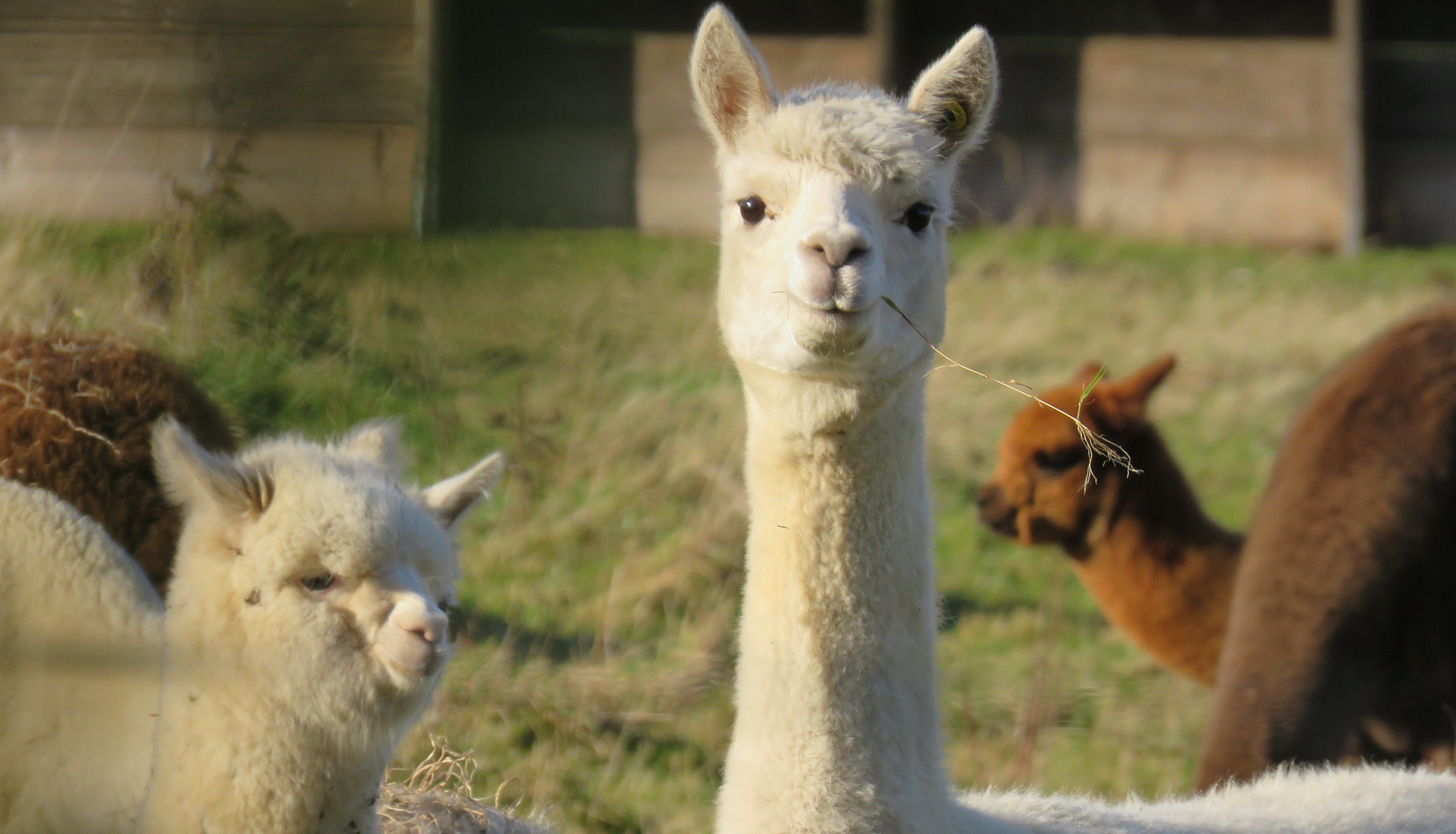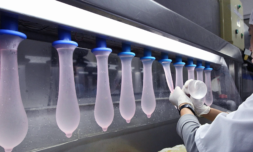If this works out, the llama may pip the unicorn to the title of Most Magical Animal.
As you will have heard a thousand times before, mostly on morning news shows, Covid-19 has all of us navigating through ‘unprecedented times’. Social distancing regulations may be easing worldwide, but getting back to living the way we once were will depend heavily on finding a vaccine.
To that end, we’ve invested millions into supporting biomedical research from some top geneticists, and through this we’ve discounted countless clinical samples and formulas thrown out by AI machines. However, amidst all the scrambling, it appears the solution may have been looking us in the face the whole time… lazily chewing a carrot.
A study published by the University of Reading has suggested that antibodies native to camelid species, like llamas, alpacas, and camels could be the key to immunisation for those who don’t currently have the virus. These antibodies – known as nanobodies – are said to be far smaller and more stable than human antibodies, allowing them to bind on Covid-19 proteins that currently slip through our immune systems undetected.
This ability to bind to viral proteins doesn’t just apply to Covid-19 either. A report from molecular biology specialists Cell states that these selective nanobodies also have the potential to neutralise other forms of SARS, and MERS once the experiment reaches clinical trials.



















